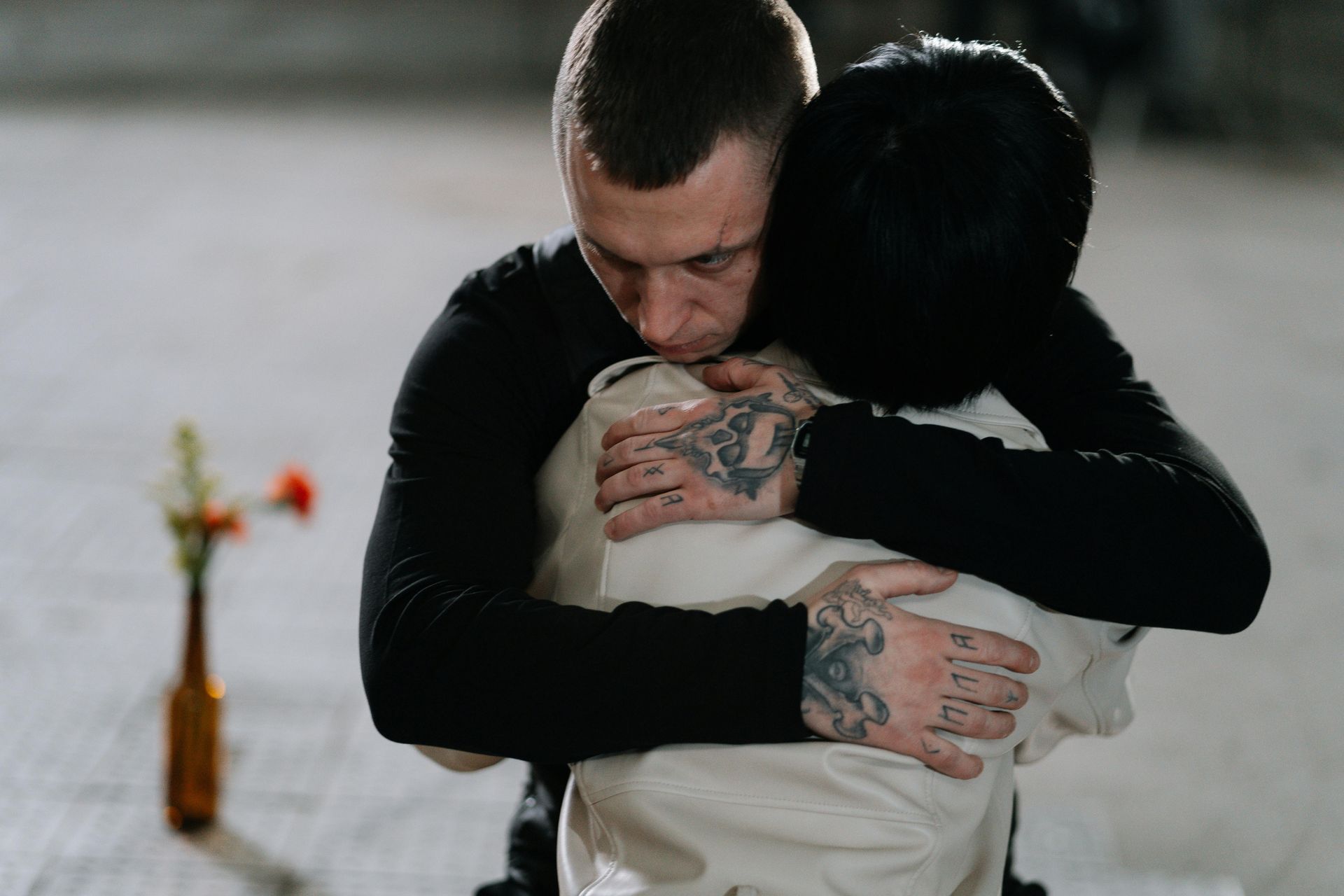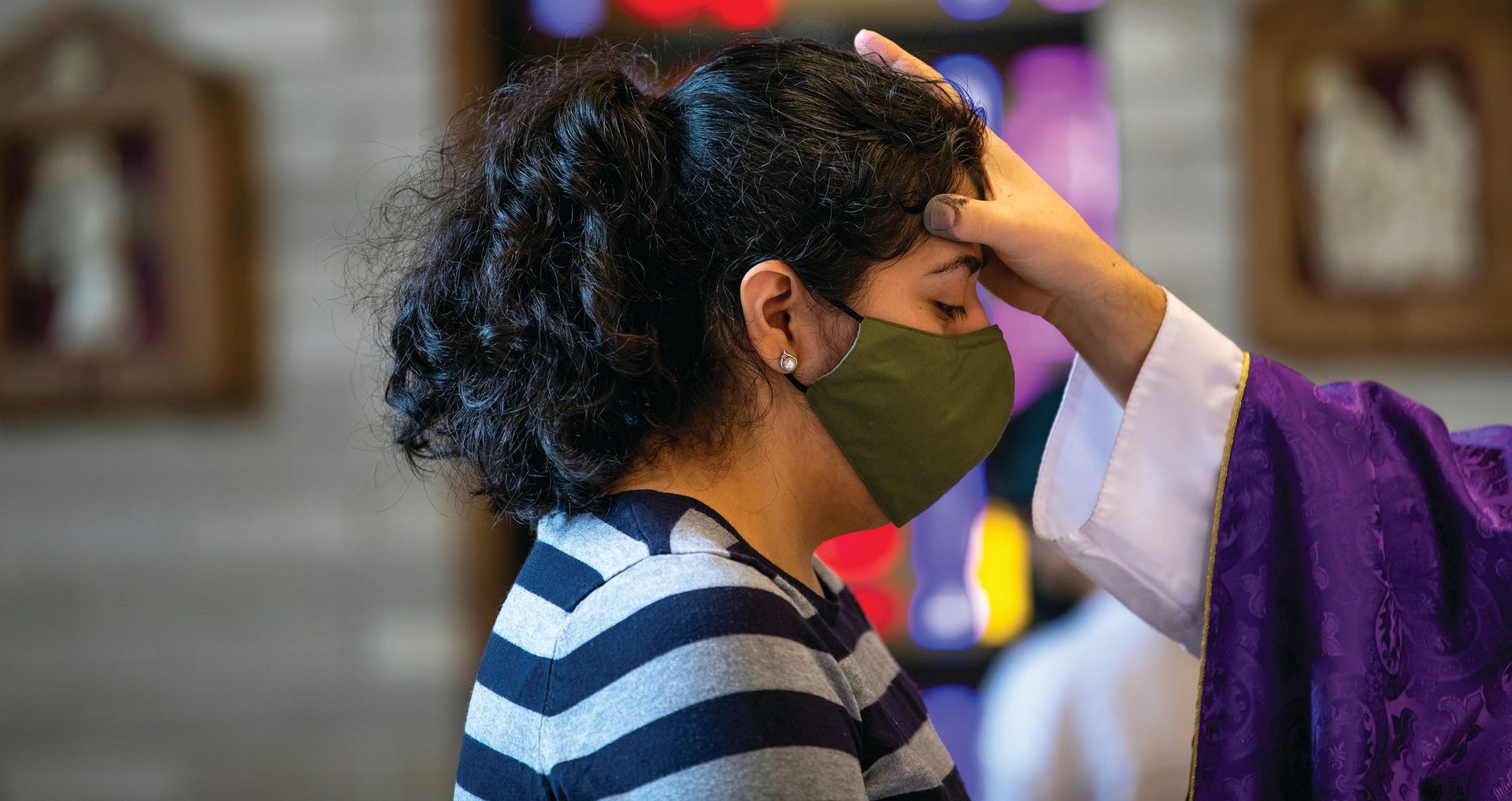Feast of the Presentation of the Lord
Today’s feast has a long and remarkable history and origin. The feast dates back to the 4th century in the East. In 542, Emperor Justinian ordered the feast to be celebrated in Constantinople to give thanks for the end of a plague. The feast spread to Rome in the middle of the 5th century and was approved as a universal feast.
The feast commemorates the event when Mary and Joseph took Jesus to offer him to God according to the Law of Moses. As it is written in the Book of Exodus, all the firstborn humans and animals had to be offered to God (Exod 13:1). It was to remember the fact God slew the firstborn of the Egyptians to save the firstborn of the Israelites and to free them from slavery. As a consequence, the young parents had to leave their first children in the temple for service and offered firstborn animals as a sacrifice to the Lord. When the tribe of Levi took over the service of the Lord, the Israelites could redeem their firstborn from the service by paying tithings and offering animals instead.
Today’s feast was previously called, the Purification of Mary. According to the Book of Leviticus, a woman had to be purified after forty days of giving birth. Thus, the feast was placed forty days after Christmas in the liturgical calendar. A woman could purify herself by offering to the priest a lamb and a young pigeon. If she cannot afford a lamb, two young pigeons or doves could be offered (Lev 12:6-8).
The conception and birth of Jesus did not defile Mary as other women. But to show the obedience to the Law of the Lord, Mary and Joseph submitted themselves to the rite of purification. They had nothing to cleanse themselves from, yet they did it to obey and revere God.
Today’s feast was also called Candlemas in the past. According to the tradition, this feast culminates the long celebration of Epiphany, revelation of Jesus as the Messiah and Son of God to the World. Jesus brought light to the people who lived in darkness. A lit candle symbolizes the presence of Jesus Christ among us. We light candles in a church, at the altar, during sacraments and when we read a bible to realize Jesus is with us. According to the author of the Golden Legend there are three parts in every candle, the wax, wick and fire. The wax is a sign of Jesus’ body. The wick symbolizes Jesus’s soul, which is hidden in his body. And the fire or light stands for Jesus’ divinity. Thus, there was a tradition in many churches to bring in a solemn procession and bless candles during today’s feast.
This profound and meaningful feast of the Presentation of the Lord was chosen by the Pope Saint John Paul II as a day of prayer for women and men in consecrated life in 1997. Today it is a good opportunity to pray for those religious who thought and form us in schools and churches, and inspired us to be good Catholics. Let’s also remember those religious Sisters and Brothers who have been working at St. Martin of Tours. We are grateful for their ministry.
Fr. Andrzej










